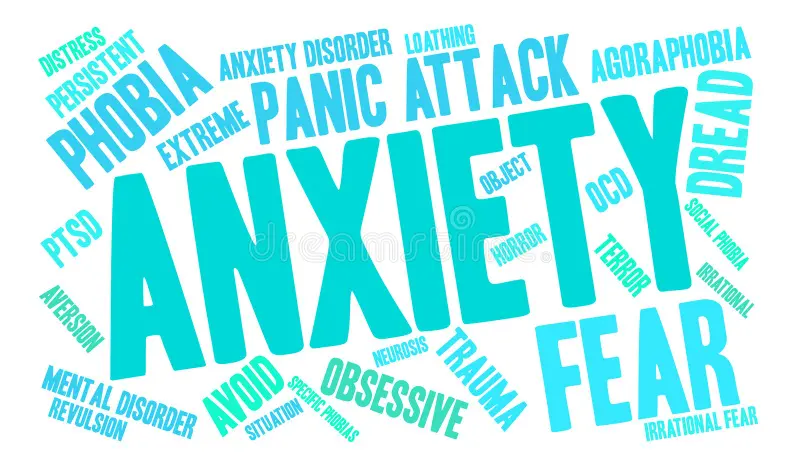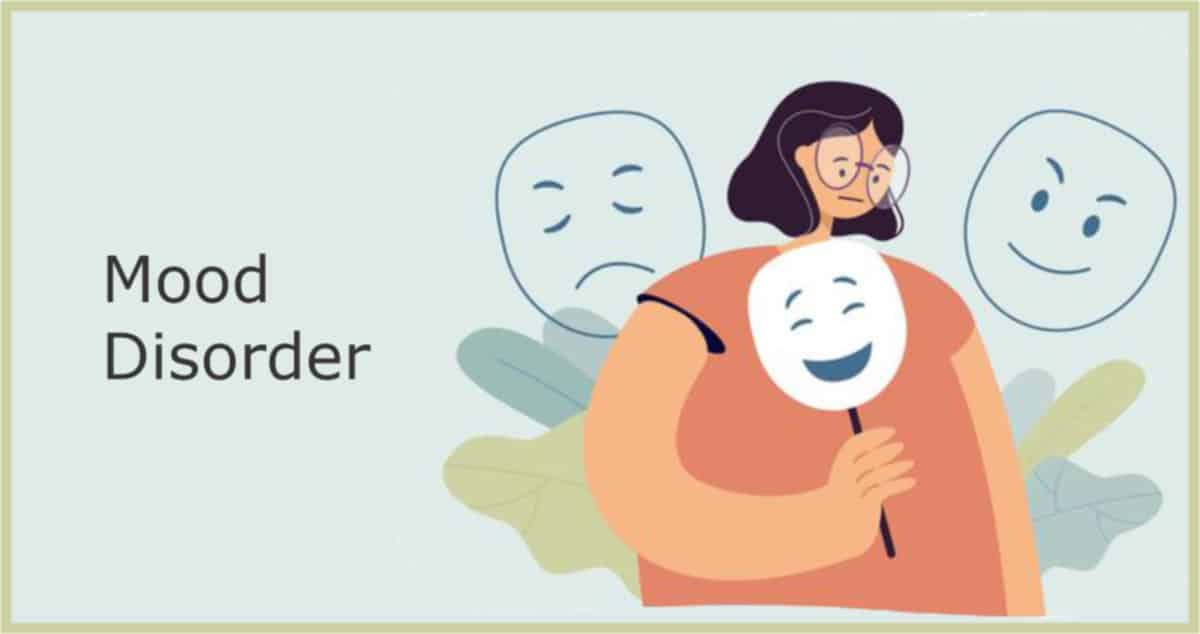
Understanding Anxiety Disorders: Types and Symptoms
Anxiety disorders are some of the most common mental health conditions, affecting millions of people worldwide. While occasional anxiety is a normal part of life, anxiety disorders are characterized by excessive and persistent worry or fear that significantly interferes with daily activities. This article delves into the world of anxiety disorders, exploring their various types and symptoms as defined by the two major diagnostic manuals - the Diagnostic and Statistical Manual of Mental Disorders, Fifth Edition (DSM-5) and the International Classification of Diseases, Tenth Revision (ICD-10).
Types of Anxiety Disorders:
Both DSM-5 and ICD-10 acknowledge several major types of anxiety disorders, though there might be slight variations in terminology or specific criteria. Here's a breakdown of the common ones:
1. Generalized Anxiety Disorder (GAD):
-
Symptoms: Chronic and excessive worry and tension about a multitude of things, like work, finances, health, or relationships. This worry is often accompanied by physical symptoms like fatigue, muscle tension, headaches, sleep problems, and difficulty concentrating. People with GAD may have difficulty controlling their worry and feel constantly on edge.
-
DSM-5 Criteria: To be diagnosed with GAD according to DSM-5, a person must experience excessive worry or anxiety on most days for at least six months, with difficulty controlling the worry. Additionally, at least three of the following physical or cognitive symptoms must be present: restlessness, fatigue, difficulty concentrating, irritability, muscle tension, sleep problems.
2. Panic Disorder:
-
Symptoms: The defining characteristic of panic disorder is recurrent panic attacks. These are sudden surges of intense fear or discomfort that come on rapidly and peak within minutes. Physical symptoms during a panic attack can be terrifying and include heart palpitations, shortness of breath, chest pain, dizziness, sweating, nausea, chills, or numbness/tingling. Fear of having another panic attack (anticipatory anxiety) can become a major concern, leading to avoidance of situations believed to trigger attacks.
-
DSM-5 Criteria: For a diagnosis of panic disorder, DSM-5 requires experiencing recurrent unexpected panic attacks (at least two) followed by at least one month of persistent worry about having another attack or the consequences of the attacks (e.g., losing control, going crazy, having a heart attack).
3. Social Anxiety Disorder (Social Phobia):
-
Symptoms: People with social anxiety disorder experience overwhelming anxiety and self-consciousness in social situations. They have an intense fear of being scrutinized, judged, or humiliated by others. This fear can lead to avoidance of social situations altogether or enduring them with significant distress. Physical symptoms like blushing, sweating, trembling, or nausea can further intensify the anxiety.
-
DSM-5 Criteria: DSM-5 criteria for social anxiety disorder involve a persistent fear of social situations where there is a possibility of being scrutinized by others. This fear typically leads to avoidance of these situations or enduring them with intense anxiety and distress.
4. Specific Phobias:
-
Symptoms: Intense and irrational fears of specific objects or situations, such as spiders, dogs, heights, flying, enclosed spaces, blood injections, or thunderstorms. Exposure to the phobic object or situation triggers immediate and significant anxiety, which may lead to avoidance behaviors. Physical symptoms like panic attacks can also occur in some cases.
-
DSM-5 Criteria: A specific phobia diagnosis requires a persistent and excessive fear of a specific object or situation that is out of proportion to the actual threat. Exposure to the phobic stimulus triggers immediate anxiety, and the person actively avoids the phobic object or situation or endures it with intense anxiety or distress.
5. Separation Anxiety Disorder:
-
Symptoms: Excessive anxiety and distress about separation from a primary caregiver, typically a parent. This can manifest as children refusing to go to school, sleep alone, or be left with anyone other than the caregiver. Physical symptoms like headaches, stomachaches, or nausea might also occur in anticipation of separation.
-
DSM-5 Criteria: DSM-5 defines separation anxiety disorder by excessive and persistent anxiety about separation from a major attachment figure. This anxiety manifests as distress when anticipating or experiencing separation, somatic symptoms upon separation, or persistent worries about misfortune befalling the attachment figure.
6. Agoraphobia:
-
Symptoms: A fear of situations that might cause panic or feelings of being trapped, leading to avoidance of places or situations like public transportation, crowded spaces, open spaces, or being outside alone. This avoidance can significantly restrict daily life and routines.
DSM-5 Criteria: Agoraphobia diagnosis requires anxiety about or fear of situations that are difficult to escape from or where help might not be available in case of panic symptoms or other incapacitating or embarrassing symptoms. The situations are typically avoided (requires an alternate escape plan) or endured with intense anxiety or distress.
Symptoms of Anxiety Disorders:
While the specific symptoms may vary depending on the type of anxiety disorder, some common ones include:
- Excessive worry or fear
- Restlessness or feeling on edge
- Fatigue
- Difficulty concentrating
- Irritability
- Muscle tension
- Sleep problems (difficulty falling asleep or staying asleep)
- Panic attacks (sudden episodes of intense fear)
- Physical symptoms like sweating, rapid heart rate, shortness of breath, dizziness, or nausea
DSM-5 and ICD-10: Similarities and Differences
Both DSM-5 and ICD-10 provide a framework for diagnosing mental health disorders, including anxiety disorders. They share significant overlap in their definitions and criteria for most anxiety disorders. However, there might be some subtle differences:
-
Specificity: ICD-10 tends to be more specific in some areas, like differentiating between social phobia (fear of social scrutiny) and social anxiety disorder (fear of social situations).
-
Emphasis: DSM-5 might place more emphasis on cognitive aspects of anxiety, such as worry and intrusive thoughts, while ICD-10 might focus more on behavioral aspects like avoidance.
It's important to note that this is not an exhaustive list, and a mental health professional can provide a proper diagnosis based on a comprehensive evaluation.
Seeking Help for Anxiety Disorders
If you suspect you or someone you know might have an anxiety disorder, seeking professional help is crucial. Anxiety disorders are highly treatable with various approaches, including psychotherapy (cognitive behavioral therapy is particularly effective), medication, and lifestyle changes. Early intervention can significantly improve quality of life and prevent complications.
Remember, you are not alone. Anxiety disorders are common, and effective treatments are available. Don't hesitate to reach out for help and take control of your mental well-being.
Treatment Options for Anxiety Disorders:
-
Therapy: Cognitive-behavioral therapy (CBT) can help individuals identify and change negative thought patterns and behaviors.
-
Medication: Antidepressants, anti-anxiety medications, and beta-blockers are commonly prescribed to manage anxiety symptoms.
-
Lifestyle Changes: Regular exercise, a healthy diet, mindfulness practices, and stress management techniques can help reduce anxiety.
-
Support Groups: Connecting with others who experience similar challenges can provide valuable social support.
-
Relaxation Techniques: Deep breathing exercises, meditation, and yoga can help calm the mind and body.
-
Professional Help: Seeking guidance from mental health professionals, such as therapists or psychiatrists, can offer personalized treatment plans.

.jpg)



